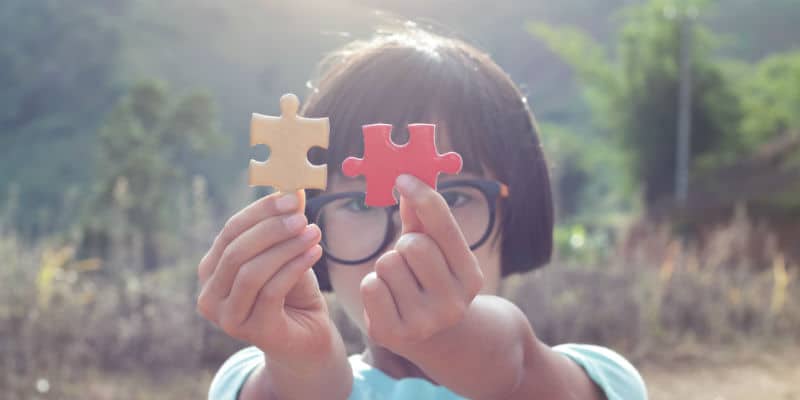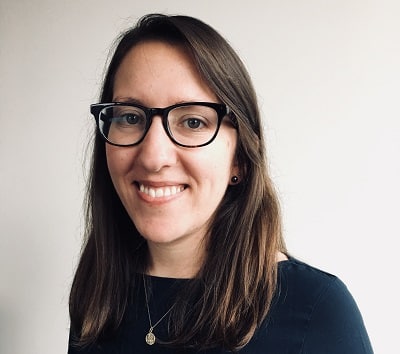Late last year, iNACOL published a landscape analysis of personalized learning across the country. The report showed emerging growth, but it also demonstrated how key elements of personalized learning are still not widely practiced in schools. These findings speak to a broader question plaguing personalized learning advocates: what is limiting our ability to scale personalization?
Undoubtedly there are many answers to this question, but one of them relates to understanding the kinds of problems that personalized learning can address. Clayton Christensen frequently notes, “Hard problems often solve themselves after we get the categories right.” Pursuing an innovative approach that’s mismatched with the type of problem at hand may be limiting the growth of personalized learning.
Innovation strategy depends on the problem at hand
One of the biggest misconceptions about innovation is that it takes only one form. A great deal of innovation in schools is sustaining — it seeks to address problems by improving whatever’s currently on offer for students, like adopting a new adaptive curriculum to raise math proficiency or using an LMS to streamline how teachers manage classwork. Disruptive innovations, on the other hand, are characteristic for creating new access to a given product or service, like offering a virtual AP Physics course despite a shortage of qualified teachers locally.
Both types of innovation are necessary to extend the reach of personalized learning, and each lends itself to a different kind of problem.
- The first kind, core problems, affect mainstream students and teachers in tested subjects, where most schools already have an existing solution or program in place. Sustaining innovation is often a reliable way to improve the existing solution to serve students better without transforming the classroom entirely.
- The second kind, nonconsumption problems, exist when schools can’t provide a learning experience and have no easy option other than to do without. Nonconsumption can be found in many settings: consider students who want to take an elective not offered by the school, students with schedules that prohibit them from attending certain classes, or students who have dropped out. Solving nonconsumption problems offers ways to move beyond the traditional model through disruptive innovation.
Distinguishing between core and nonconsumption problems helps clarify how personalized learning can be implemented to best suit the problem at hand. For example, our research shows how blended learning can be an engine for personalization at scale. Blended learning takes shape in endlessly variable ways through seven broad models, each with unique implications for the student and teacher experience. But there’s a difference between blended learning’s hybrid models that are sustaining innovations relative to the traditional classroom, and disruptive models that re-architect key elements of the traditional classroom.
- Sustaining (hybrid) models of blended learning are generally the easiest to deploy for core problems, such as a need to improve math and reading scores. Schools working towards this goal might have a smoother experience implementing a hybrid model that affords flexibility for personalization within the bounds of the traditional system, such as Station Rotation or Flipped Classroom. On the other hand, addressing a core problem with a disruptive solution right off the bat means that the disruptive solution must immediately live up to the expectations of the traditional system, or conform to it. This could limit the potential for the disruptive solution to improve, grow, and redefine expectations for what school should look like.
- For problems in areas of nonconsumption such as expanding 1:1 tutoring or elective classes, schools have greater opportunity to forego the traditional classroom model and pursue a disruptive solution that unlocks elements of time, pace, path, and place in learning. Since no existing solution exists for nonconsumption problems, a disruptive model can grow in its early stages without being judged against the expectations of the traditional approach. Building towards personalization using blended-learning models like Individual Rotation or Flex could be the best fit for nonconsumption objectives. As schools improve on these disruptive models, they will see new opportunities to expand the models’ reach and demonstrate their viability for all students.
Disruptive models of blended learning aren’t “better” than sustaining (or hybrid) ones—rather, they depend on the circumstances. Matching a disruptive or sustaining approach with the nature of the problem at hand is a critical part of the innovation process.
How to help “dream solutions” find the right problem, too
There’s no question that ideally, school leaders should clearly identify and categorize the problem before casting about for (much less purchasing) solutions. But reality doesn’t always start with the problem: sometimes I just didn’t know I needed that new pair of shoes until I saw a friend wear them. Getting excited about a new approach or solution in itself isn’t always bad, but it’s important to identify the right circumstances for it, rather than trying it out just anywhere.
For example, imagine a principal gets inspired by another school whose Flex model frees up space, time, and teacher capacity to help students design projects in the local community. In this case, rather than going straight for a whole-school transformation to Flex, this principal would do well to form a team with significant autonomy to try the disruptive approach during a summer session or another area of nonconsumption.
In light of the distinction between core and nonconsumption problems, the struggle to scale personalized learning begs the question: are there cases where we’re prematurely introducing disruptive personalized learning models too directly into the core traditional system? By the same token, are we failing to spot opportunities for disruptive approaches in the circumstances that would allow them to thrive and grow? If so, we might dramatically power up our ability to pave pathways for the scale of personalized learning by better differentiating between core and nonconsumption problems.



